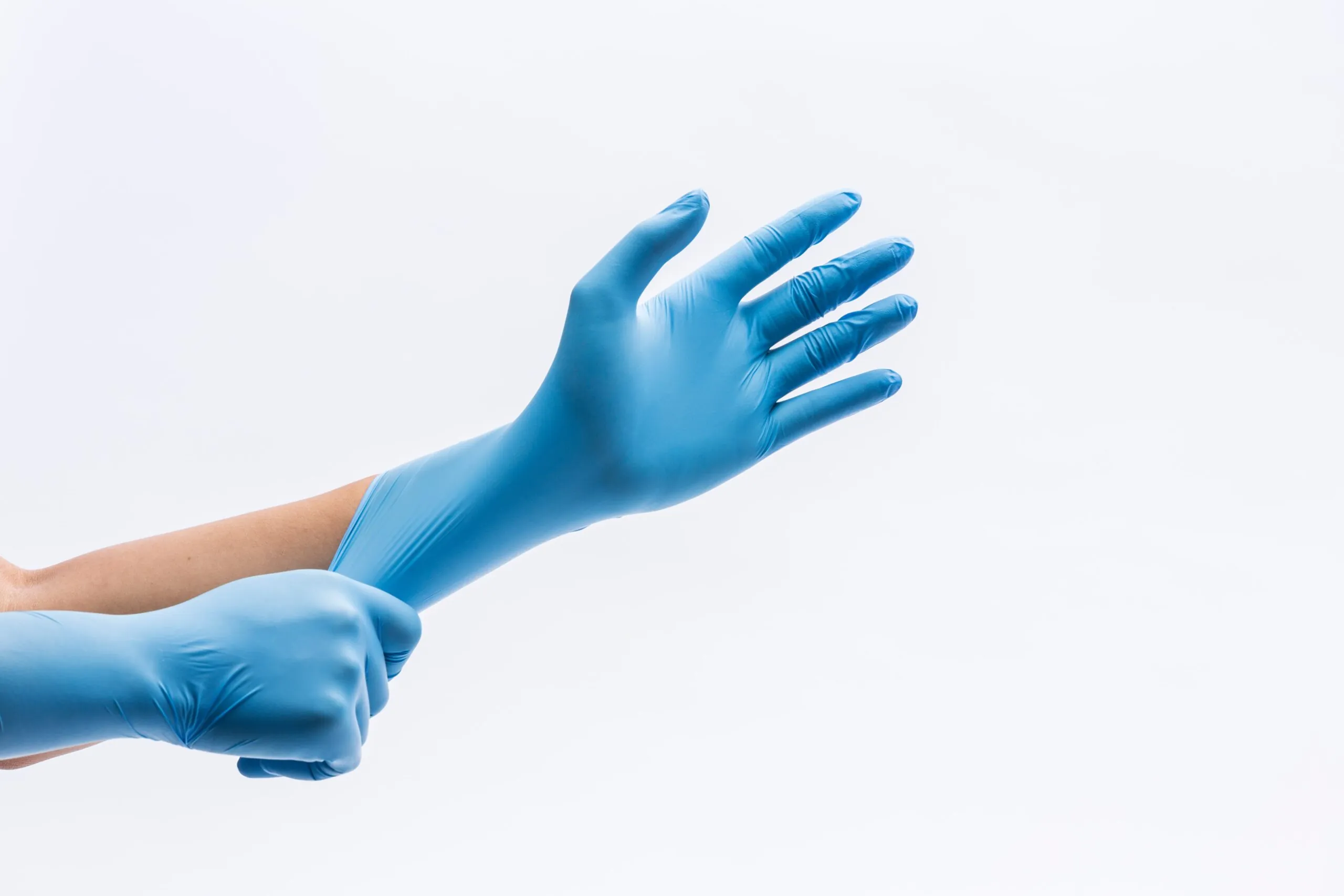Blood spills, whether small or significant, require immediate and careful attention to prevent the spread of pathogens and ensure the safety and cleanliness of the environment. At Emergency Cleaning Solutions, we prioritize health and safety in every task, including the delicate process of blood cleanup. This post outlines the essential steps and precautions necessary for effective blood cleaning, drawing insights from industry experts.
Understanding the Risks
Before delving into the cleaning process, it’s crucial to acknowledge the risks associated with blood spills. Blood can carry various pathogens, including hepatitis B, hepatitis C, and HIV, making it imperative to approach cleanup efforts with caution and proper protective measures. Personal protective equipment (PPE) such as gloves, goggles, and face masks are non-negotiable to protect oneself from potential infection.
Initial Steps for Blood Cleanup
The initial phase involves preparing the area and gathering necessary supplies. Secure the area to prevent unnecessary exposure and ensure that you have all required materials at hand, including biohazard bags, disinfectants, and absorbent materials. It’s essential to choose EPA-registered disinfectants known to kill bloodborne pathogens effectively.
Proper Cleaning Techniques
Once you’re adequately protected and have your materials ready, begin by removing any visible debris or materials contaminated with blood. Use absorbent materials to soak up the blood, being careful not to spread the spill further. Dispose of these materials in biohazard bags. Following the removal of blood, thoroughly clean the affected area with a disinfectant. It’s crucial to allow the disinfectant to sit for the recommended time on the product label to ensure effectiveness.
Disinfection and Deodorization
After cleaning, apply a second round of disinfectant to the area to eliminate any remaining pathogens. This step is vital for areas that have experienced significant blood spills. Once the area is disinfected, deodorizing may be necessary to remove any lingering odors. Products specifically designed to combat biological odors can be effective in restoring the area to its original condition.
Final Inspection and Waste Disposal
Conclude the cleanup process with a thorough inspection of the area to ensure no traces of blood or disinfectant residue remain. All materials used during the cleanup, including gloves and absorbent materials, should be disposed of in biohazard bags and handled according to local regulations for biohazardous waste.
Professional Assistance
While small spills can often be managed with careful attention to the steps outlined above, larger or more hazardous situations may require the expertise of professional cleaning services. Emergency Cleaning Solutions specializes in biohazard and blood cleanup, equipped with the necessary tools, knowledge, and experience to handle any situation safely and effectively.
The importance of proper blood cleanup cannot be overstated. It protects individuals from potential health risks and ensures environments are safe and clean. By following the steps outlined in this guide and opting for professional assistance when necessary, you can manage blood spills effectively and with confidence. Remember, safety and thoroughness are paramount in every cleanup effort, especially when dealing with potentially hazardous materials like blood.

